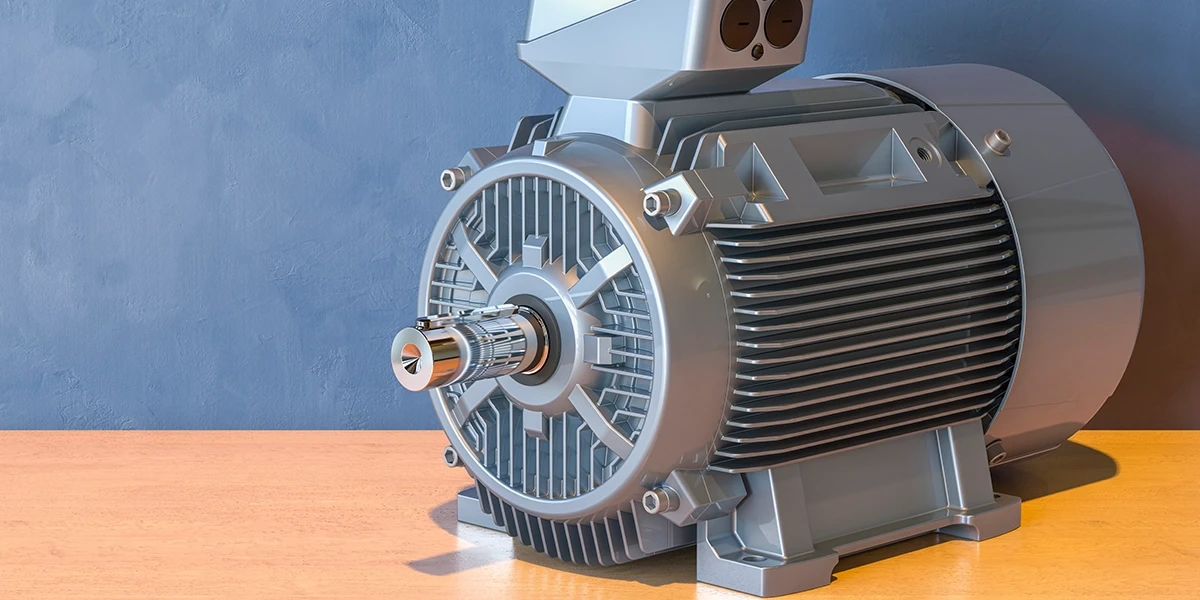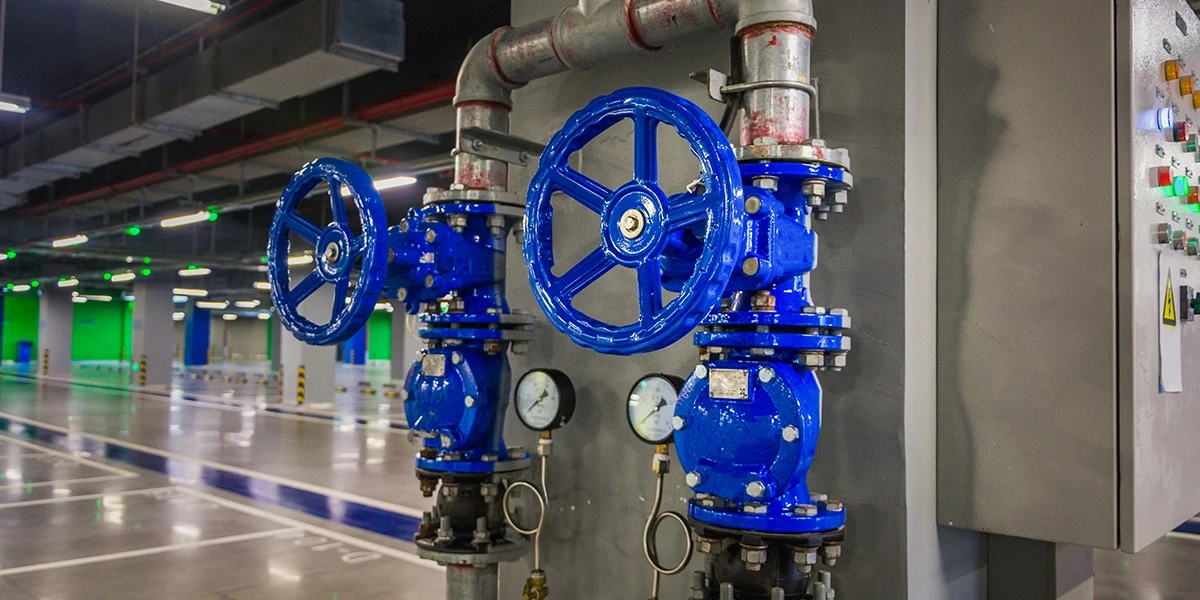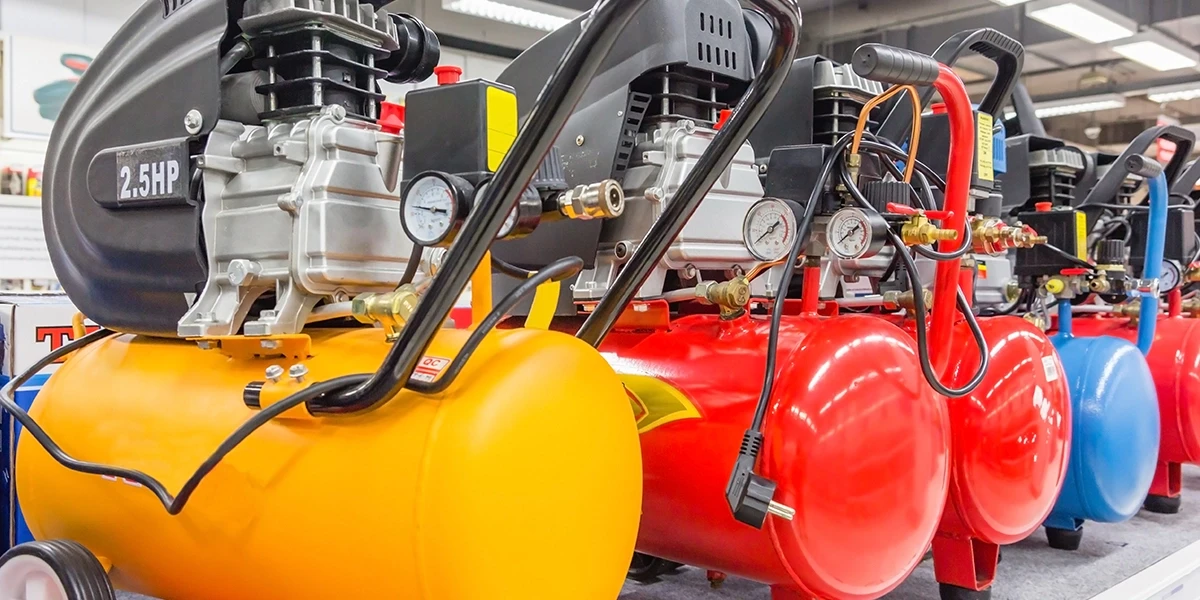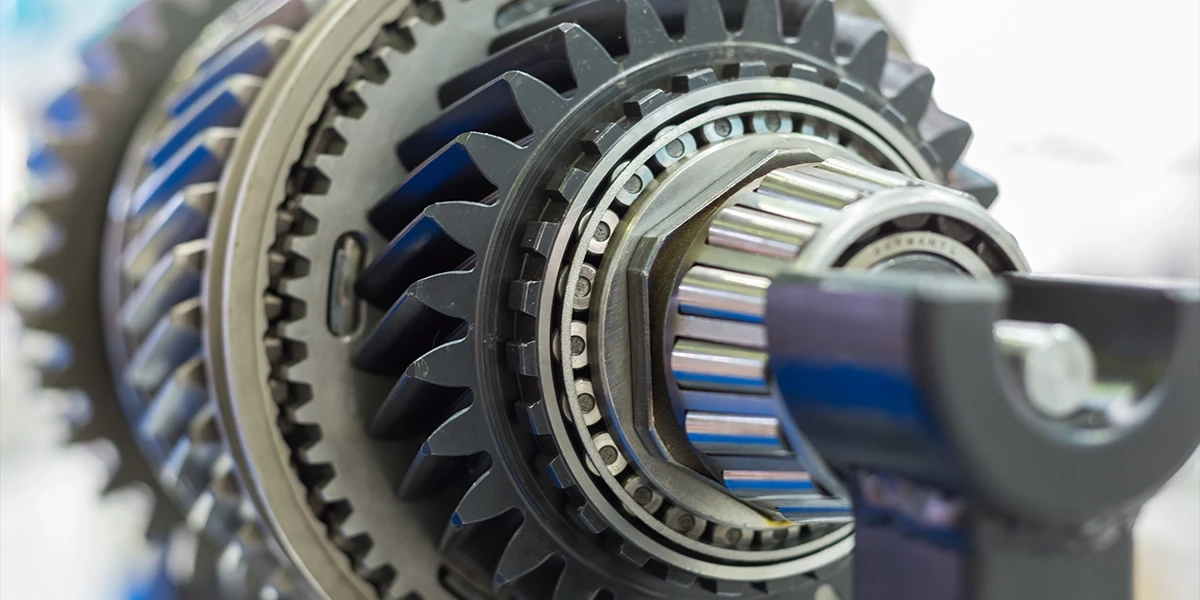Few concepts are as essential as mechanical power transmission in the vast landscape of engineering marvels. At its core, mechanical power transmission embodies the science of efficiently transmitting power from one source to another. It drives the machinery and mechanisms that power our modern world. In this exploration, we embark on a journey to unravel the essential elements of mechanical power transmission. Transmitting power effectively harnesses various forms of motion, including linear motion and rotational speed.
Mechanical power transmission serves as the cornerstone of numerous industries. It ranges from manufacturing facilities to transportation infrastructures. It comprises a network of components and mechanisms operating to relay power from a prime mover. Such as an engine or motor, to a driven component. It facilitates the execution of essential tasks. This intricate system is the fundamental framework underpinning machinery and equipment across varied sectors, underscoring its ubiquitous significance.
Efficient power transmission is crucial in mechanical engineering, emphasizing optimal energy transfer. Whether it's the smooth operation of heavy machinery or the precise movement of robotic arms. The ability to transmit power reliably and effectively is essential.
Linear motion plays an equally crucial role in mechanical power transmission systems. From conveyor belts in factories to hydraulic cylinders in construction equipment. The linear motion mechanisms facilitate the translation of power into useful work along a straight path.
In the realm of mechanical power transmission, rotational speed plays a key role in determining the performance of systems. Whether it's optimizing the speed of a conveyor belt or ensuring the proper functioning of gears in a transmission. Achieving the ideal rotational speed is essential for maximizing productivity and minimizing wear and tear.
When it comes to the efficient movement of power within machinery and equipment, mechanical power transmission systems are crucial. They play a vital role in ensuring smooth operation and functionality. These systems come in various types, each tailored to specific applications and working requirements. Let's delve into some of the most common types of mechanical power transmission mechanisms.
Chain drives are robust and durable mechanisms used to transmit power between two or more rotating shafts. They consist of linked segments, known as chains, which mesh with sprockets attached to the shafts. Heavy-duty applications widely use chain drives for their reliability and strength, including motorcycles, bicycles, and industrial machinery. They can handle high loads and operate in harsh environments. This makes them ideal for tasks requiring ruggedness and resilience.
Belt drives are flexible systems that transmit power through belts or bands wrapped around pulleys. Many applications prefer them for their smooth and quiet operation. These include office equipment, HVAC systems, and automotive engines. Belt drives offer advantages such as low maintenance, vibration damping, and the ability to accommodate misalignments between shafts. Available in different types are V-belts, flat belts, and timing belts. Specific requirements based on load, speed, and environmental conditions suit each type.
Gear drives utilize interlocking gears to transmit power and motion between rotating shafts. They come in different configurations, such as spur gears, helical gears, bevel gears, and worm gears. Each configuration provides distinct efficiency advantages. Additionally, they vary in torque transmission and smooth operation. Applications requiring precise speed control commonly feature gear drives. These include automotive transmissions, industrial machinery, and power generation equipment. Their flexibility and essential role in transmitting power over long distances make them vital in various industries.
Couplings are mechanical devices used to connect two shafts and transmit power while adjusting for misalignments and shock loads. They provide flexibility and resilience to mechanical systems, allowing for smooth power transmission even in dynamic and demanding environments. Couplings come in different types: rigid, flexible, and fluid. Specific applications determine the fit of each kind based on torque requirements, shaft misalignments, and environmental conditions. Industries commonly use them in pumps, compressors, conveyors, and other rotating machinery.
Hydraulic and pneumatic systems utilize fluids or gases to transmit power and motion within machinery and equipment. Hydraulic systems employ pressurized hydraulic fluid to generate linear or rotary motion. Pneumatic systems, on the other hand, use compressed air to achieve similar outcomes. These systems offer advantages such as high power density and precise control. They also provide overload protection, making them suitable for applications requiring fast response times and precise positioning. Construction equipment, aerospace systems, and manufacturing machinery commonly utilize hydraulic and pneumatic systems.
Mechanical power transmission serves as the backbone of modern industry. It enables the seamless transfer of power to drive progress and innovation. Engineers can design systems more effectively by understanding the essential elements of mechanical power transmission. This includes optimizing performance and reliability by transmitting power effectively and harnessing linear and rotational motion. With diverse options such as chain drives and belt drives, engineers have endless possibilities for innovation. These pave the way for a future powered by precision and efficiency.
eINDUSTRIFY provides essential components in mechanical power transmission. It offers a comprehensive solution to meet your needs efficiently. Explore our expertise in mechanical power transmission and innovation. We ensure that your mechanical power transmission systems incorporate the latest technologies. We also guarantee the use of the highest quality parts. Choose eINDUSTRIFY as your partner and trust our commitment to optimizing your operations. We enhance performance and drive success in the dynamic landscape of mechanical engineering. Let us empower your journey in mechanical power transmission, ensuring reliability, durability, and unmatched performance every step of the way.
Tags: mechanical power transmission Transmit Power Linear Motion Mechanical Power Transmission System Types of Mechanical Power Transmission
RECENT POSTS:

Top DC Motors for Industrial Automation

How to Select the Right Control Valves for Your System

Air Compressors for Sale: Compare Models, Brands, Features

Essential Power Transmission Accessories for Industries

Best Industrial Sensors for Automation

Uses of Industrial Control Equipment

Top Bearings and Power Transmission Solutions

Buy Battery Energy Storage Systems Now